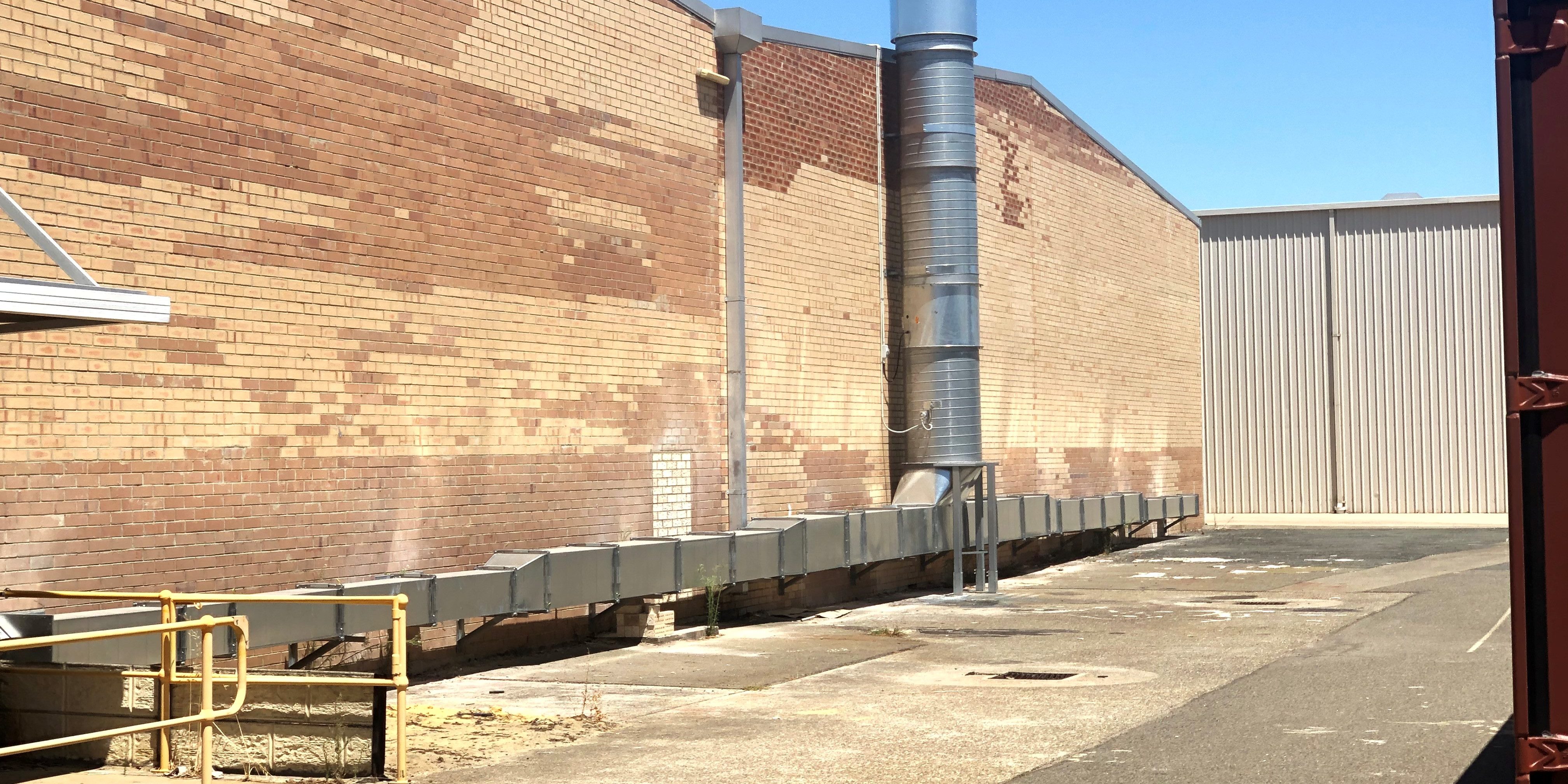In a workplace, ventilation is used to control exposure to bad particles found in the air. Some of these particles include fumes, dusts and vapours. These particles need to be removed from the air in order to provide a healthy and safe working environment. There are four purposes of ventilation:
- Provide a continuous supply of fresh outside air.
- Maintain temperature and humidity at comfortable levels.
- Reduce potential fire or explosion hazards.
- Remove or dilute airborne particles.
Dilution Ventilation is a type of ventilation which involves mixing (diluting) contaminated air with clean uncontaminated air. It supplies and exhausts large amounts of air to/from an area or building. Dilution ventilation controls pollutants generated at a worksite by ventilating the entire workplace. Dilution is best used in situations where:
- the amounts of pollutants generated are not very high,
- their toxicity is relatively moderate,
- workers do not carry out their tasks in the immediate vicinity of the source of contamination, and
- the emission rate of contaminants is relatively uniform.
Of course, there are advantages and disadvantages to this type of ventilation – both of which are outlined below.
Advantages of Dilution Ventilation:
- Lower equipment/installation costs
- Less maintenance
- Effective control for small amounts of less toxic chemicals
- Effective control for flammable gases/vapours
- Best ventilation for mobile or dispersed contaminant sources
Disadvantages of Dilution Ventilation:
- Doesn’t completely remove contaminants
- Cannot be used for highly toxic chemicals
- Ineffective for dusts/fumes or large amounts of gases/vapours
- Requires large amounts of heated or cooled makeup air
- Ineffective for dealing with surges or irregular emissions







